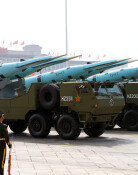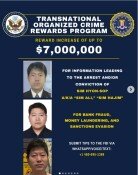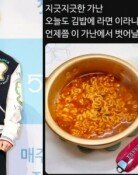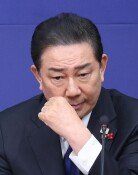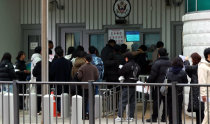Lee Hee-seung
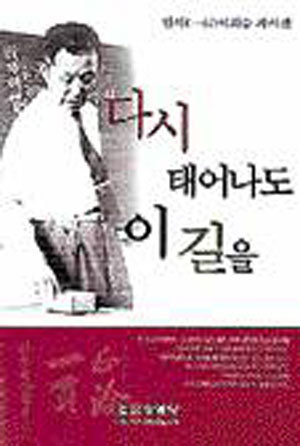
Lee Hee-seung, a linguist, poet, and stylist, was born in 1896 at the end of the Joseon Dynasty. The book, written when Lee was over 80, is his autobiographical record of his life events spanning from the Empire of Korea and the Japanese Forced Occupation Period, through WWI & II, the U.S. military administration, the Korean War and the Liberty Partys and the Democratic Partys rule, to the military coup and the Republican Partys rule. These turbulent times witnessed Lees unshaken affection for the national culture and language.
The episodes recorded include: what Lee as a boy whose country was shamefully handed over to another country watched and heard, graduating from Jung Ang School at the age of 20, participating in the March First Movement by drawing and distributing the national flag, and making an underground newspaper with his comrades.
Lee entered Gyeongseong Jeguk Daehak (Keijo Imperial University) at the age of 30 to study linguistics. His praiseworthy accomplishments include educating future women writers as a professor at Ewha Womans University and playing the central role in establishing the unified draft for spelling, the standard language, and the transliteration for borrowed words.
Lees personal sufferings were Korean cultures trials. Lee was tortured and had to watch his friends die from hunger and illnesses when he was put in prison for his involvement in the Joseon Language Society. After he was released from prison, he worked hard and busily to revive the national language, which was being strangled to death by Japans Joseon language obliteration policy, and rebuilt Gyeongseong Jeguk Daehak as a professor.
Some episodes showcase the tragic side of Korean modern history. His family barely escaped when a fire burned down his house the day before the September 28 Reclamation. When North Korea recaptured Seoul on January 4, 1951, he walked to Busan and came back home to watch his mother pass away and reunited his scattered family.
At the eruption of the April Revolution, a popular uprising leading to the peaceful resignation of Rhee Seung-man, Lee led a demonstration by professors out of his scholarly conscience. After he retired, he worked as the heads of Dong-A Ilbo, a graduate school, and an oriental research center. This showed his diverse talents and inherent diligent nature.
The book, written in simple sentences, is so intense that readers will find it hard to put it down. It is a moving recount of how Lee grew to become a representative intellectual of the 20th century Korea.



